Check Out Our Latest Pages
Know-How
Every craft has at its heart a collection of essential information about design, tools, techniques, and materials. This is the core knowledge for that craft, that fundamental know-how you need to be a competent and successful craftsman.
This web site provides the core knowledge for the woodworking craft. During the thirty years I have spent writing about and teaching woodworking, I found myself explaining certain key concepts over and over again. These, I came to realize, were the foundation of woodworking. No matter what you set out to build from wood, you need to understand this essential information to make intelligent decisions and anticipate problems as your project progresses. Without it your craftsmanship diminishes, and with it your hope of building something of lasting beauty and utility. This indispensable woodworking wisdom falls into four categories. And for those who want to go beyond the core, there is a fifth:
Design
Before you cut your first board, you must have a design to achieve the results you're after. To create a workable design, you must understand important properties of the wood you will be using, methods for joining that wood, typical construction techniques that are appropriate for the type of project you are building, styles of craftsmanship that will enhance and compliment the environment where this project will be used, and finally how to think through and plan a project.
- The Nature of Wood
- Joining Wood
- Furniture Construction
- Built-In Construction
- Architectural Trim & Finish Work
- Special Constructions
- Styles of Craftsmanship
- Planning a Project
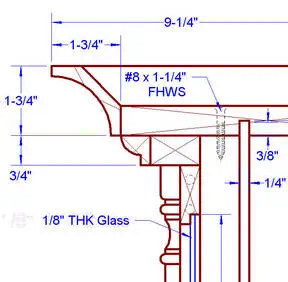
Tools
More so than many other crafts, woodworking gives you an amazing variety of tools you can use to build a project -- hand tools, portable power tools, and stationary power tools. Oftentimes, there are a dozen or more different tools that will accomplish the same task. To achieve the best results, you must understand the available choices, organize them in an environment where you can use them safely and effectively, and maintain them so they will produce satisfactory results.
- The Workshop Environment
- Workbenches & Shop Furniture
- Hand Tools
- Stationary Power Tools
- Portable Power Tools
- Jigs and Fixtures
- Tool Maintenance
- Sharpening
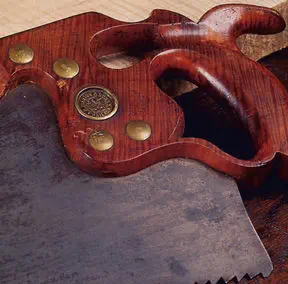
"Old Disston hand saw"
Techniques
Almost every woodworking project evolves though the same steps -- cutting lumber to size, creating the joinery and decor, assembly, surface preparation, and finishing. Within these steps, there are hundreds of different ways to use a tool or combination of tools to help accomplish each step. These woodworking techniques fall into two categories -- methods that produce decorative results and those in which the results are more utilitarian and general.
General Methods:
- Jointing & Planing
- Sawing
- Drilling & Boring
- Routing
- Making Wood Joints
- Gluing and Clamping
- Sanding, Scraping, and Filing
- Finishing
Decorative Methods:
- Shaping & Molding
- Scrollwork
- Lathe Turning
- Bending Wood
- Veneering & Laminating
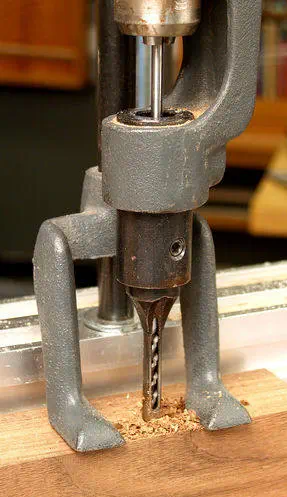
Materials
There are thousands of wood species in the world, and hundreds of them are commonly used for woodworking. Additionally, there are dozens of "wood products" that are made from wood for construction and metal hardware designed specifically for woodworking projects. To make the wisest possible choices, you should know not only what is available to you, but how it is prepared.
- Sawing & Preparing Lumber
- Hardwoods & Softwoods
- Plywood & Sheet Materials
- Veneers & Laminates
- Board Butter
- Hardwax Finish
- The Wood Handbook
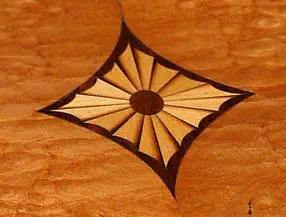
Woodworking Resources
When core knowledge isn't enough -- and it soon won't be if your craftsmanship grows -- there are many places where you can find additional information. At the ends of each section, we've included books, web sites, and other sources for more information on topics relevant that specific section. We've also put together a list of more general resources:
- Online Woodworking Resources
- Woodworking Publications
- Woodworking Organizations
- Woodworking Schools
- Woodworking Tools and Supplies
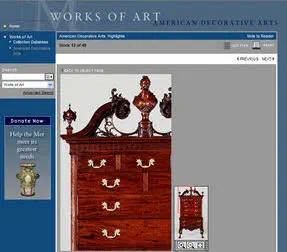

Back to Top

